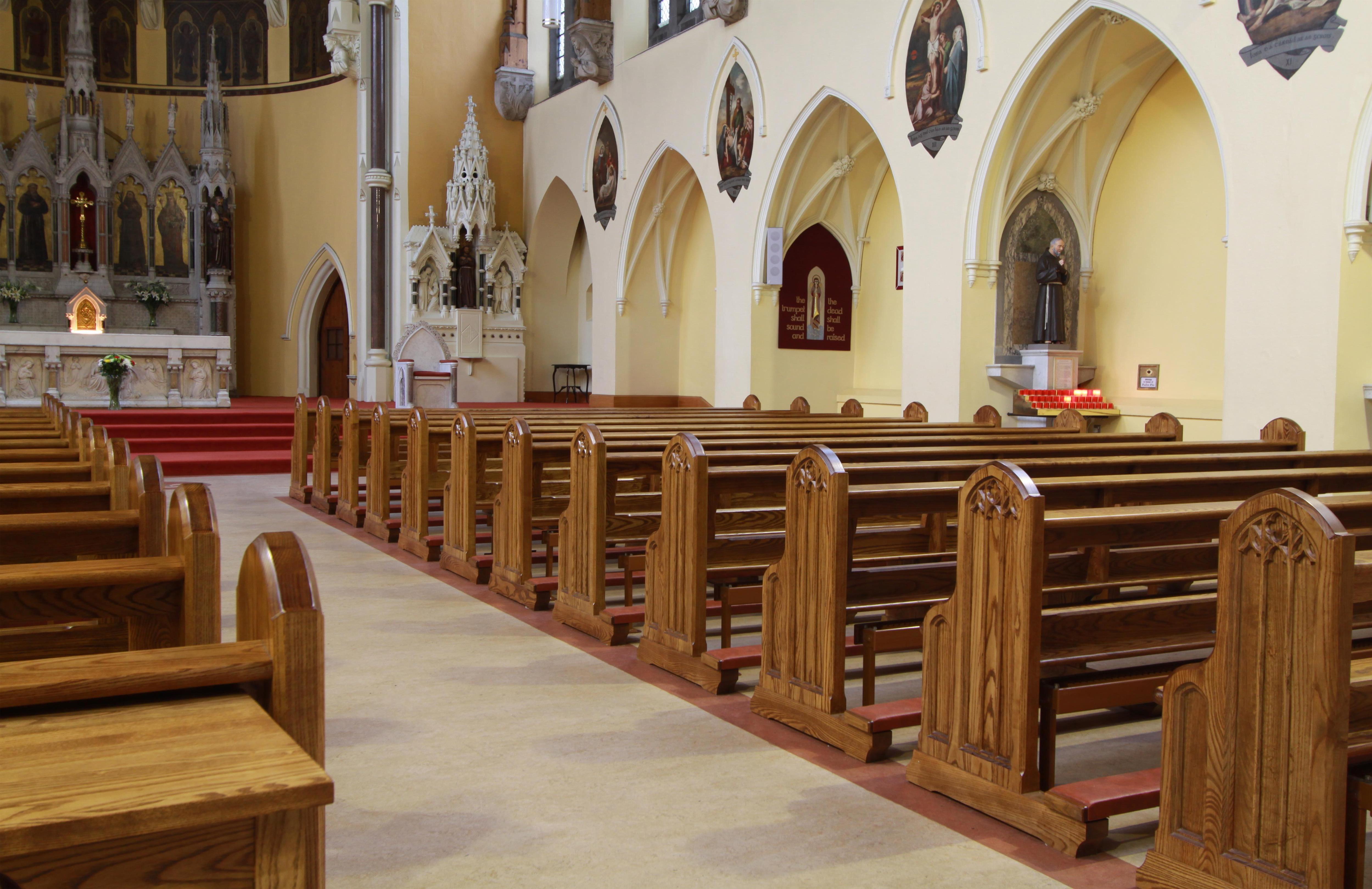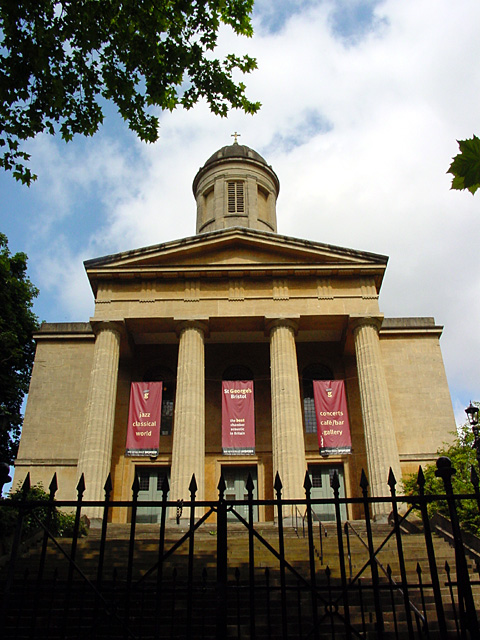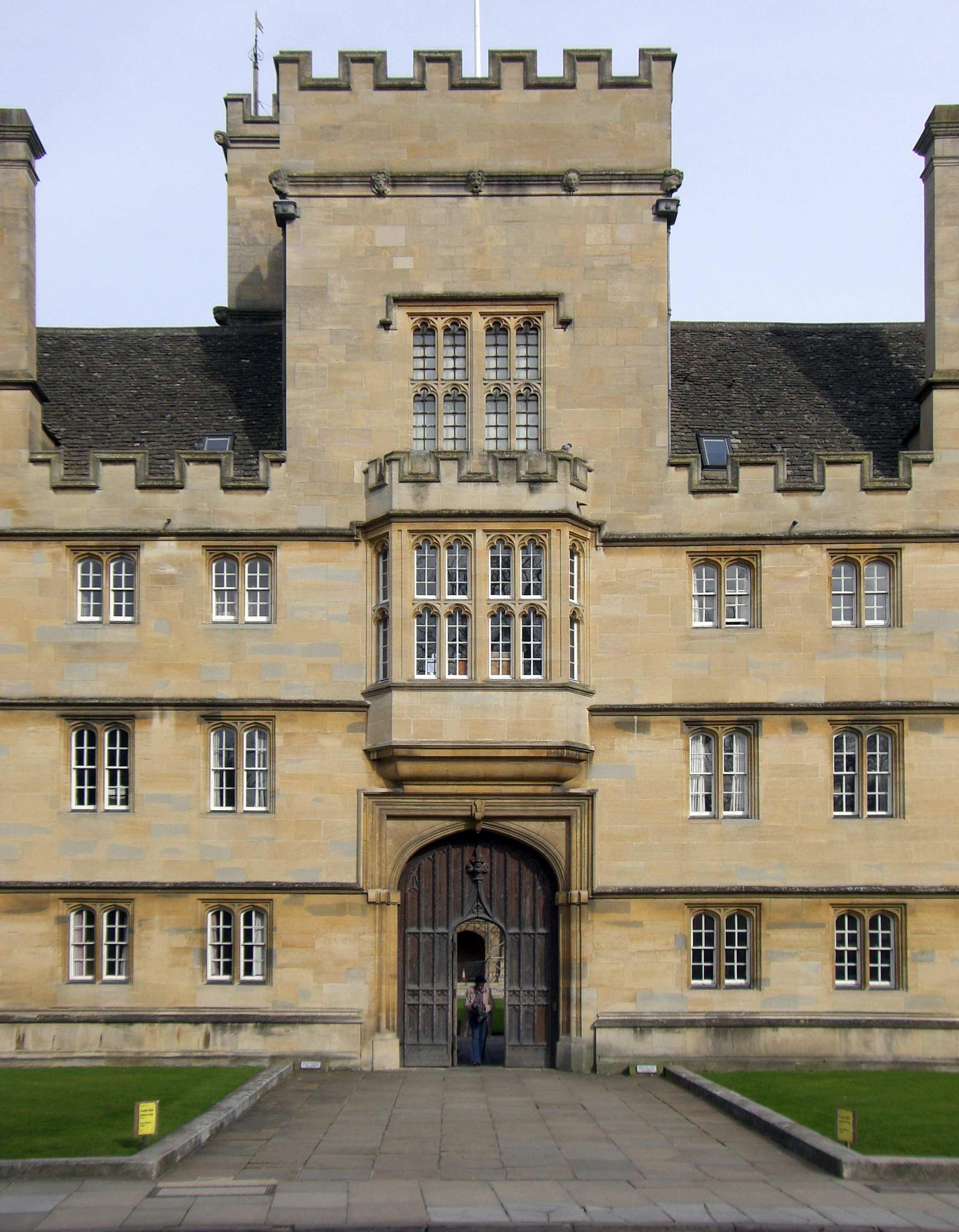|
St Thomas's Church, Regent Street
St Thomas's Church, also known as Tenison Chapel, was an Anglican church in Regent Street, London. It was built in 1702, on the site of a wooden chapel of 1688; it was a proprietary chapel until 1869, when it became a district church dedicated to St Thomas. It closed in 1954, and was later demolished. History Thomas Tenison (later Archbishop of Canterbury) became the first rector of St James's Church, Piccadilly in 1685. Because of the increase of population, he erected a temporary chapel, completed in 1688, in the north of the parish. It was situated between King Street (now Kingly Street) and Swallow Street, which before the construction of Regent Street was longer than at present, extending from Piccadilly to Oxford Street. [...More Info...] [...Related Items...] OR: [Wikipedia] [Google] [Baidu] |
Regent Street
Regent Street is a major shopping street in the West End of London. It is named after George IV of the United Kingdom, George, the Prince Regent (later George IV) and was laid out under the direction of the architect John Nash (architect), John Nash and James Burton (property developer), James Burton. It runs from Waterloo Place in St James's at the southern end, through Piccadilly Circus and Oxford Circus, to All Souls Church, Langham Place, All Souls Church. From there Langham Place, London, Langham Place and Portland Place continue the route to Regent's Park. The street's layout was completed in 1825 and was an early example of town planning in England, replacing earlier roads including Swallow Street. Nash and Burton's street layout has survived, although all the original buildings except All Souls Church have been replaced following reconstruction in the late 19th century. The street is known for its flagship retail stores, including Liberty (department store), Liberty, ... [...More Info...] [...Related Items...] OR: [Wikipedia] [Google] [Baidu] |
Tenison Court - Geograph
Tenison or Tennison is a surname. Notable people with the surname include: *Thomas Tenison (1636–1715), Archbishop of Canterbury *Renee Tenison (born 1968), American model and actress *Rosie Tenison (born 1968), American model and actress, identical twin sister of Renee Tenison *Jeni Tennison, OBE Technical Director of the Open Data Institute *Thomas Tenison, built Castle Tenison in 1820s, Keadue, Co. Roscommon, landowner, father of E.K. Tenison *Edward King-Tenison (1805–1878), lived at Kilronan Castle, Keadue, Co. Roscommon, Irish photographer, landowner *Lady Louisa Tenison, wife of E.K. Tenison, travel writer, and artist *Henry King-Tenison, 8th Earl of Kingston (1848–1896), Irish peer and Conservative politician *Eva Tenison (1880–1961), British historian and novelist *Robin Hanbury-Tenison (born 1936), English explorer Fictional characters: *Jane Tennison, chief character in the British TV series ''Prime Suspect'' Media: *''Prime Suspect 1973'', a British TV show al ... [...More Info...] [...Related Items...] OR: [Wikipedia] [Google] [Baidu] |
St Peter's Church, Great Windmill Street
St Peter's Church was an Anglican church in Great Windmill Street in Soho, in the City of Westminster, London. It was built in 1861, and was demolished in the 1950s. History The church was designed by Raphael Brandon, for a small site on the east side of Great Windmill Street, externally only the west front being seen by the public. Since it was a poor district, funds for the site and for the building came from elsewhere, and the largest single contributor was the 14th Earl of Derby. The foundation stone was laid by the Earl of Derby on the 25 June 1860, and the completed church was consecrated on 12 July 1861. Lavers and Barraud provided glass for the east windows of the aisles. A district was assigned to the church on 7 February 1865. [...More Info...] [...Related Items...] OR: [Wikipedia] [Google] [Baidu] |
St Anne's Church, Soho
St Anne's Church serves in the Church of England the Soho section of London. It was consecrated on 21 March 1686 by Bishop Henry Compton as the parish church of the new civil and ecclesiastical parish of St Anne Within the Liberty of Westminster, created from part of the parish of St Martin in the Fields. The church is under the Deanery of Westminster (St Margaret) in the Diocese of London. Parts of its churchyard around its west including tower are now the public park of St Anne's Gardens, accessed from the Shaftesbury Avenue end of Wardour Street. The church is accessed via a gate at that end of Dean Street. The parish, having spawned two new churches dedicated to Saints Thomas and Peter, reconsolidated on St Anne's in 1945. History 1677–1799 The parish was dedicated to Saint Anne because Compton had been tutor to Princess Anne before she became Queen. Construction commenced in 1677 on a plot in what was then the countryside of Soho Fields, with William Talman ... [...More Info...] [...Related Items...] OR: [Wikipedia] [Google] [Baidu] |
Ecclesiastical Commissioners
The Ecclesiastical Commissioners were, in England and Wales, a body corporate, whose full title was Ecclesiastical and Church Estates Commissioners for England. The commissioners were authorised to determine the distribution of revenues of the Church of England, and they made extensive changes in how revenues were distributed. The modern successor body thereof are the Church Commissioners. History Their appointment was one of the results of the vigorous movements for the reform of public institutions which followed the Reform Act 1832. In 1835 two commissions were appointed to consider the state of the several dioceses of England and Wales, with reference to the amount of their revenues and the more equal distribution of episcopal duties, and the prevention of the necessity of attaching by In commendam, commendam to bishoprics certain benefices with cure of souls; and to consider also the state of the several cathedral and collegiate churches in England and Wales, with a view to ... [...More Info...] [...Related Items...] OR: [Wikipedia] [Google] [Baidu] |
Pew Rent
A pew () is a long bench seat or enclosed box, used for seating members of a congregation or choir in a synagogue, church, funeral home or sometimes a courtroom. Occasionally, they are also found in live performance venues (such as the Ryman Auditorium in Nashville, which was formerly a church). In Christian churches of the Roman Catholic, Lutheran, and Anglican traditions, kneelers are an essential part of the pew, that are used during various parts of the liturgy. Overview The first backless stone benches began to appear in English churches in the thirteenth century, originally placed against the walls of the nave. Over time, they were brought into the centre of the room, first as moveable furniture and later fixed to the floor. Wooden benches replaced the stone ones from the fourteenth century and became common in the fifteenth. Churches were not commonly furnished with permanent pews before the Protestant Reformation. The rise of the sermon as a central act of Chris ... [...More Info...] [...Related Items...] OR: [Wikipedia] [Google] [Baidu] |
Thomas Hardwick
Thomas Hardwick (1752–1829) was an English architect and a founding member of the Architects' Club in 1791. Early life and career Hardwick was born in Brentford, Middlesex the son of a master mason turned architect also named Thomas Hardwick, Sr., Thomas Hardwick (1725–1798, son of another Thomas, 1681–1746, also a mason, who in 1711 left Herefordshire for Isleworth, where the family retained property, and moved to Brentford in 1725) who worked with the architect brothers Robert Adam, Robert and John Adam (architect), John Adam on nearby Syon House between 1761–1767. Both father and son were associated with Syon from about the 1720s and employment continued until the early 19th century. The Hardwicks were one of the finest architectural families during the 19th century. Thomas Hardwick, his son Philip Hardwick (1792–1870), and then grandson Philip Charles Hardwick (1822–1892) each held the post of Surveyor to St Bartholomew's Hospital, London, England, London. I ... [...More Info...] [...Related Items...] OR: [Wikipedia] [Google] [Baidu] |
Commissioners' Church
A Commissioners' church, also known as a Waterloo church and Million Act church, is an Anglicanism, Anglican church in England or Wales built with money voted by Parliament of the United Kingdom, Parliament as a result of the (58 Geo. 3. c. 45) and the (5 Geo. 4. c. 103). The 1818 act supplied a grant of money and established the Church Building Commission to direct its use, and in 1824 made a further grant of money. In addition to paying for the building of churches, the Commission had powers to divide and subdivide parishes, and to provide Financial endowment, endowments. The Commission continued to function as a separate body until the end of 1856, when it was absorbed into the Ecclesiastical Commissioners, Ecclesiastical Commission. In some cases the Commissioners provided the full cost of the new church; in other cases they provided a partial grant and the balance was raised locally. In total 612 new churches were provided, mainly in expanding industrial towns and ci ... [...More Info...] [...Related Items...] OR: [Wikipedia] [Google] [Baidu] |
Christopher Wren
Sir Christopher Wren FRS (; – ) was an English architect, astronomer, mathematician and physicist who was one of the most highly acclaimed architects in the history of England. Known for his work in the English Baroque style, he was accorded responsibility for rebuilding 52 churches in the City of London after the Great Fire in 1666, including what is regarded as his masterpiece, St Paul's Cathedral, on Ludgate Hill, completed in 1710. The principal creative responsibility for a number of the churches is now more commonly attributed to others in his office, especially Nicholas Hawksmoor. Other notable buildings by Wren include the Royal Hospital Chelsea, the Old Royal Naval College, Greenwich, and the south front of Hampton Court Palace. Educated in Latin and Aristotelian physics at the University of Oxford, Wren was a founder of the Royal Society and served as its president from 1680 to 1682. His scientific work was highly regarded by Isaac Newton and Blaise ... [...More Info...] [...Related Items...] OR: [Wikipedia] [Google] [Baidu] |
Proprietary Chapel
A proprietary chapel is a chapel that originally belonged to a private person, but with the intention that it would be open to the public, rather than restricted (as with private chapels in the stricter sense) to members of a family or household, or members of an institution. Generally, however, some of the seating—sometimes a substantial proportion—would be reserved for subscribers. Background In 19th-century Britain they were common, often being built to cope with urbanisation. Frequently they were set up by evangelical philanthropists with a vision of spreading Christianity in cities whose needs could no longer be met by the parishes. Some functioned more privately, with a wealthy person building a chapel so they could invite their favourite preachers. They are anomalies in English ecclesiastical law, having no parish area, but being able to have an Anglican clergyman licensed there. Historically a number of Anglican churches were proprietary chapels. Over the years, many ... [...More Info...] [...Related Items...] OR: [Wikipedia] [Google] [Baidu] |
GENUKI
GENUKI is a genealogy web portal, run as a charitable trust. It "provides a virtual reference library of genealogical information of particular relevance to the UK and Ireland". It gives access to a large collection of information, with the emphasis on primary sources, or means to access them, rather than on existing genealogical research. Name The name derives from the phrase "Genealogy of the UK and Ireland", although its coverage is wider than this. From the GENUKI website: Structure The website has a well defined structure at four levels. * The first level is information that is common to all "the United Kingdom and Ireland". * The next level has information for each of England (see example) Ireland, Scotland, Wales, the Channel Islands and the Isle of Man. * The third level has information on each pre-1974 county of England and Wales, each of the pre-1975 counties of Scotland, each of the 32 counties of Ireland and each island of the Channel Islands (e.g. Cheshire, County ... [...More Info...] [...Related Items...] OR: [Wikipedia] [Google] [Baidu] |
Oxford Street
Oxford Street is a major road in the City of Westminster in the West End of London, running between Marble Arch and Tottenham Court Road via Oxford Circus. It marks the notional boundary between the areas of Fitzrovia and Marylebone to the north, with Soho and Mayfair to its immediate south. It is Europe's busiest shopping street, with around 300,000 daily visitors, and had approximately 300 shops. It is designated as part of the A40, a major road between London and Fishguard, though it is not signed as such, and traffic is regularly restricted to buses and taxis. The road was originally part of the Via Trinobantina, a Roman road between Essex and Hampshire via London. It was known as Tyburn Road through the Middle Ages when it was notorious for public hangings of prisoners at Tyburn Gallows. It became known as Oxford Road and then Oxford Street in the 18th century and began to change from residential to commercial and retail use, attracting street traders, conf ... [...More Info...] [...Related Items...] OR: [Wikipedia] [Google] [Baidu] |





